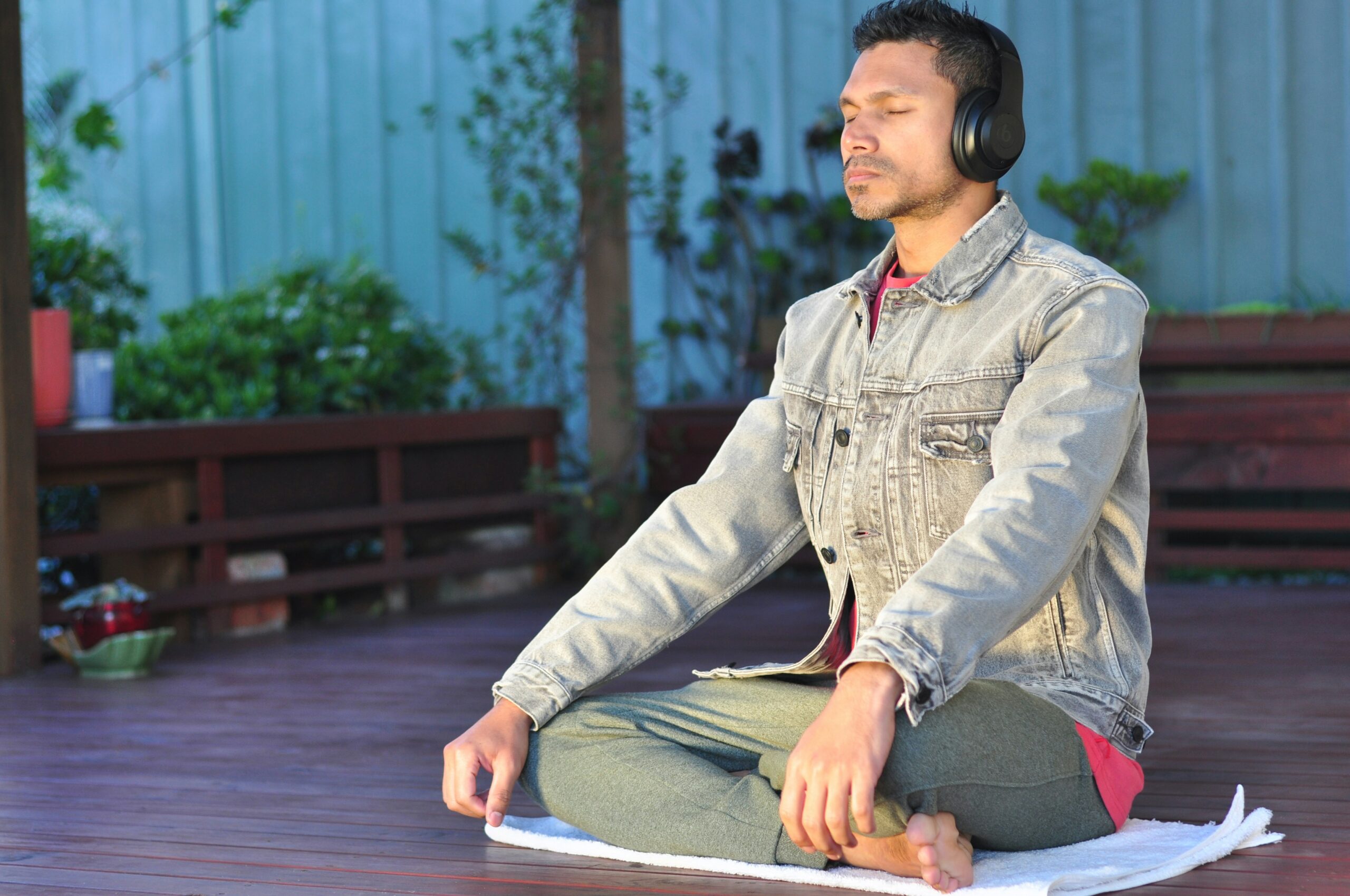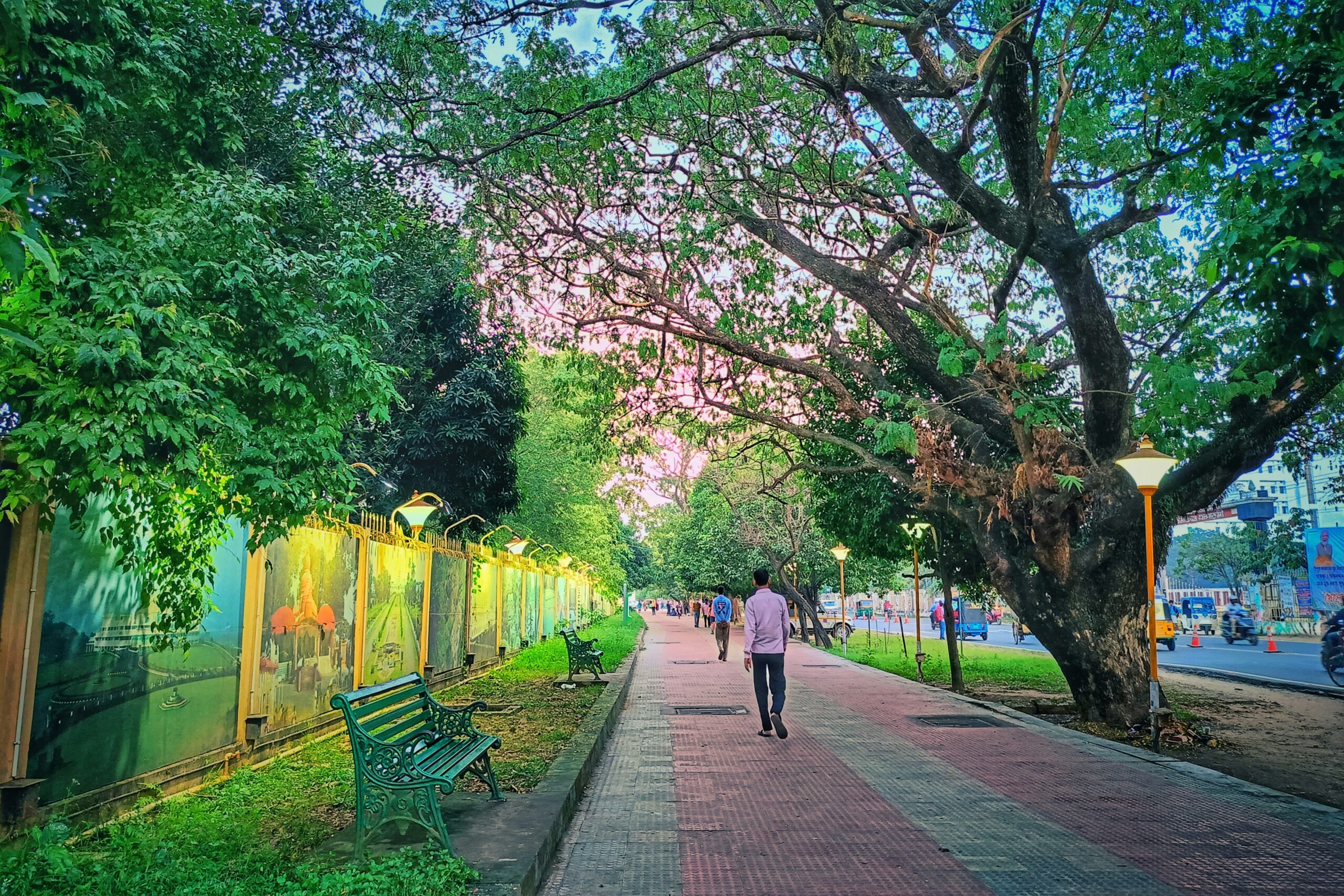Health Emergency: 3 Critical Gaps in Teen Mental Health Support

Introduction
In the quiet corners of school rooms, in the back of closed bedroom doorways, and underneath the surface of social media smiles, a silent fitness crisis is unfolding, one that influences tens of millions of young adults across the globe. It’s now not a pandemic, nor a physical injury, however something similarly devastating: an intellectual fitness emergency. Today, one in 5 teenagers lives with a mental fitness condition, but the handiest fraction receive the care they need. Despite developing recognition, vital gaps in assist systems preserve young humans prone, remote, and at chance.
This isn’t just a societal challenge, it’s a public health emergency worrying urgent attention. While we’ve made strides in destigmatizing intellectual illness, structural screw ups in access, training, and early intervention are leaving too many youngsters to suffer in silence. In this text, we find 3 pivotal gaps in youngsters’ intellectual health: help every one a crack within the foundation of our children’s wellbeing infrastructure and discover actionable answers to bridge them before extra lives are misplaced.
Table of Contents
Gap #1: Lack of Early Intervention and Awareness
One of the most dangerous aspects of youth’s mental health conflicts is how easy they do not take into account. Youth is a turbulent period characterized by emotionally high climbing, identity formation and social pressure. As a result, signs of depression, anxiety or trauma are often dismissed as “teenage moods”. But this generalization can be fatal.
According to the National Alliance on Mental Illness (NAMI), 50% of all lifetime begins at the age of 14, and 75% start at the age of 24. Nevertheless, the average delay between the symptoms and treatment is about a decade. It has increased the risk of ten years of unpleasant grief, academic decline, social return and self -loss or risk of suicide.Why does this difference exist?
First, there is a lack of mental health skills among parents, teachers and even health professionals. Many people do not know if they should see warning signs – the sadness, sleep or hunger change, irritability, decline in school performance or sudden apathy in joyful activities once. Without this knowledge, early intervention becomes almost impossible.
Second, schools where teens are spending most of their waking hours often less-friends while talking about mental health care. The American School Counselor Association recommends an advisor for every 250 students. In fact, the national average is a consultant for every 415 students, with some states more than the relationship of 1: 800.
And when some schools have implemented welfare programs, they are often treated as an incompatible, incompatible, or later instead of a main component of student fitness.
The Solution? Proactive Screening and Education.
Imagine that if each secondary school and high school operated the annual check -in of mental fitness, such as regular vision or hearing samples. Universal screening tools, such as PHQ-9 for depression or GAD-7 for anxiety, can quickly recognize students at risk. These screens with compulsory mental fitness learning in the course – from recognizing symptoms to understanding the strategies of copying and we create an awareness culture.
Countries such as Finland and Australia have already integrated mental welfare into their national educational structure, which resulted in a low support for youth suicide and high aid. We should follow. Prevention is not only kind-it is cost-effective. According to the World Health Organization, every dollar invested in early mental health intervention $ 7 in future health services, criminal law and lost productivity costs.

Gap # 2: Uneven access to care
Even when teenagers acknowledge that they need help, access to the monumental challenge remains. This is the second difference – unqualified access to mental health services geography, income, race and systemic prejudice shaped.
Think about this: 60% of the large depression youth receive no mental health care, report on mental health. For black, indigenous peoples and LGBTQ+ teens they are even worse. Structural obstacles Insurance, transport, culturally competent supplier or parents’ consent and by laws convert Sarral Medical Sessions to inaccessible barriers.
Rural communities face unique challenges. A teenager in rural Wyoming may have to drive two hours to see a child psychiatrist. Urban areas are either not immune to more clinics, long waiters and understanding of the community houses mean delay in months for care.
Meanwhile, the cost of private medicine may be $ 100- $ 250 per session; it was excluded from access to low income families. Medicide covers mental health services, but many suppliers do not accept it due to low reimbursement rates. Result? A two -level system where rich teens receive timely care, while others undergo cracks.
Telehealth has helped to bridge some intervals since the epidemic, but digital access is not universal. Every teenager does not have a private place, reliable internet or smartphone to talk. And for those who work with family conflict or abuse, virtual sessions can be unsafe.
Solution? Expand cheap, culturally competent care.
We need a multidimensional approach:
1. Integrate mental health into primary care. Pediatricians are often the first point of contact for youth. Training can be significantly delayed to screen, refer and even provide basic advice.
2. Fund school based health station. These campus clinics offer confidential counseling, psychiatric services and case management all within a well known, accessible environment. Studies show that they improve appearance, character and emotional welfare.
3. Invest in different suppliers. Only 3% of psychologists are black, despite having high trauma and discrimination for black youth. Scholarships, debt forgiveness and pipeline programs can diversify the workforce and build confidence in marginalized societies.
4. Take advantage of technology with care. AI-I-operated chatbots, Benami text lines (such as crisis text line) and sliding Seleherapi platforms can reach teenagers who can never take help otherwise.
Access is not just about accessibility, it’s about dignity. A teenager should never choose between his mental health and his safety, privacy or financial stability.

Gap #3: Stigma and the Silence Around Mental fitness
Perhaps the most insidious difference is not logical – it is cultural. Despite progress, Stigma is a powerful obstacle to young people’s mental health care. If they speak, many young people are afraid of being “crazy”, “weak” or “attracting attention”.
This stigma appears in subtle ways: A parent says, “Just happy”, a teacher rejects anxiety as laziness, or makes fun of peers.In some cultures, mental illness is seen as a moral failure or the shame of the family, which makes the disclosure impossible.
Social media increases both connections and comparisons. While platforms such as TIKTOK have promoted supportive mental health communities, they also expose the teenager to unrealistic standards, cyberbullying and curate perfection. Pressed to appear online with happiness, success and confidence can make real pain feel invalid.
And then there is a gender factor. Especially boys, toxic masculinity norms are less likely to seek help corresponding to emotional expression with weakness. This contributes to the completion of high suicide among young men, although girls report a high frequency of suicidal thoughts.
Solution? Normalize the conversation.
We should switch to cultural changes from the response to the crisis. How?
Celebrate vulnerability as strength. Public figures such as Simone Biles, Prince Harry and singer Demi Lovato have used their platforms to share their mental fitness trips and say that treatment is not a sign of failure, but against.
Increase the initiative led by a colleague. Teens listen to colleagues. Create a safe place for communication clubs, ambassadors of mental health and storytelling campaigns (like “it’s not right”).
Trained teachers and coaches. They are not doctors, but they may be the first respondent. Active hearing, size and easy training in context referral pathways empowers adults to respond with empathy, not judgment.Use media responsibly.Hollywood and news outlets must stop sensationalizing suicide or portraying mental illness as dangerous.Instead, they should highlight recovery, resilience, and real stories of hope.When we normalize mental health as part of overall health no different from treating diabetes or a broken bone we remove shame and open doors to healing.
A Call to Action: Healing Our Future
Teen Mental Health is not a niche problem – it is the cornerstone of public health. When teenagers grow emotionally, they do better in school, make strong conditions and grow into flexible adults. In contrast, unnatural mental illness increases the risk of drug abuse, chronic illness, unemployment and premature death.
The three intervals we have discovered -initial intervention, uneven access and continuous stigma are not possible. They are political alternatives by reducing decisions and cultural habits that can be changed.
What can you do here:
1. Lawyers for mental health funds in schools and communities.
2. Learn yourself and your family about warning signals and resources.
3. Listen without a decision when a teenager opens.
4. Support organizations working with mental health such as Jed Foundation, Active Minds or Nami.
Students as mental health services-law-based mental health programs will expand federal fund-public support. Therefore, the insurance equation to improve laws to cover mental and physical health is similar.
Above all, we should treat mental health with urgency worthy of it. It’s not just about saving life – even if it should be alone. It’s about giving every teenager a chance to live completely, lovingly and giving a chance to dream boldly.Because health is not just the absence of illness. This is the presence of hope.And our teens are nothing less.
Q: Why is teen mental health considered a health emergency?
A: Rising rates of anxiety, depression, and suicide among teens have reached crisis levels. The CDC reports that nearly 1 in 5 high school students seriously considered suicide in 2023 making it a national health emergency.
Q: What are the biggest gaps in current teen mental health support?
A: The three critical gaps are: lack of early intervention in schools, severe shortage of youth mental health professionals, and stigma preventing teens from seeking help.
Q: How can parents and schools help bridge the mental health gap?
A: By normalizing mental health conversations, providing access to counselors, integrating wellness into curricula, and using telehealth to connect teens with specialists fast.









